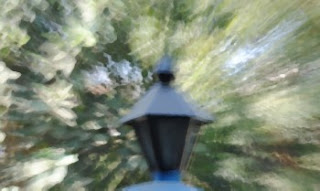THE THEME: The theme is generally categorised as Colour Prints, B&W Prints, Nature Prints(flowers,birds,raptiles,macro of these etc), Wildlife Prints(Animals of jungle, birds, crocodile etc), Travel Prints, Photojournalism, Digital Imaging etc. Digital Imaging is the new category included in the competitions. However, the organisers specify that the print shd have originality of the subject with few tools of photoshop used. They need the sanctity of the image, not a mutilated image.
2) Check the lighting of your picture. It shd look realistic...Avoid snapshot camera flash look. While outside or inside, make the light works well according to a competition category. This can be decided while shooting, the angles of lighting, harshness,softness of lighting. It shd not kill the subject. If necessary use reflectors, like a white towel, cloth, newspaper. thermocol, wall etc. To slightly darken the subject, use of black reflectors may also help,like black cloth,card sheet etc.
3) PRESENTATION OF PRINT IS ALSO AN IMPORTANT POINT....Care shd be taken when sending the print to lab...U shd personally instruct the lab technician to further crop image and the tonal range,colours u want in the final print,if u get a proof first. Poor quality of prints have no excuse before a judge and ur print may see a corner of the table......The competitions generally need unmounted prints. But still some photographers send their prints duly mounted. If u think so, use proper mounting, clean cut cardsheets, masks, cardboards...Check the prints of any spots. They shd be duly finished.
REMEMBER, PHOTOGRAPHY IS A RECOGNIZED ART....BE AN ARTIST.
2) Check the lighting of your picture. It shd look realistic...Avoid snapshot camera flash look. While outside or inside, make the light works well according to a competition category. This can be decided while shooting, the angles of lighting, harshness,softness of lighting. It shd not kill the subject. If necessary use reflectors, like a white towel, cloth, newspaper. thermocol, wall etc. To slightly darken the subject, use of black reflectors may also help,like black cloth,card sheet etc.
3) PRESENTATION OF PRINT IS ALSO AN IMPORTANT POINT....Care shd be taken when sending the print to lab...U shd personally instruct the lab technician to further crop image and the tonal range,colours u want in the final print,if u get a proof first. Poor quality of prints have no excuse before a judge and ur print may see a corner of the table......The competitions generally need unmounted prints. But still some photographers send their prints duly mounted. If u think so, use proper mounting, clean cut cardsheets, masks, cardboards...Check the prints of any spots. They shd be duly finished.
REMEMBER, PHOTOGRAPHY IS A RECOGNIZED ART....BE AN ARTIST.





 I
I



































